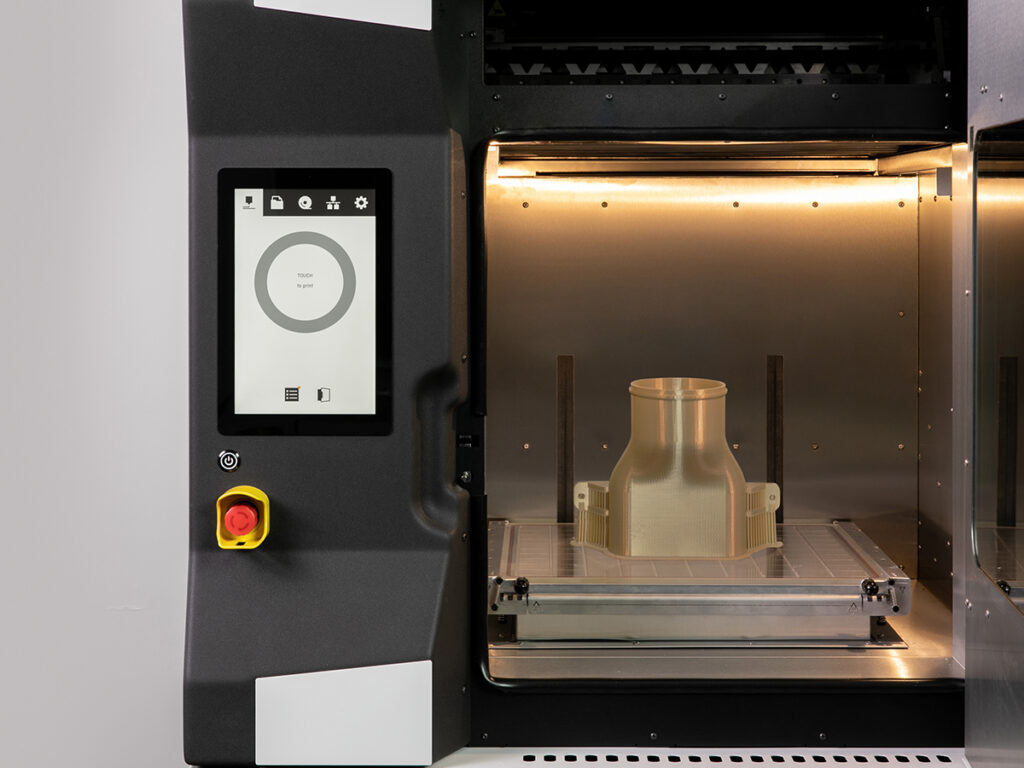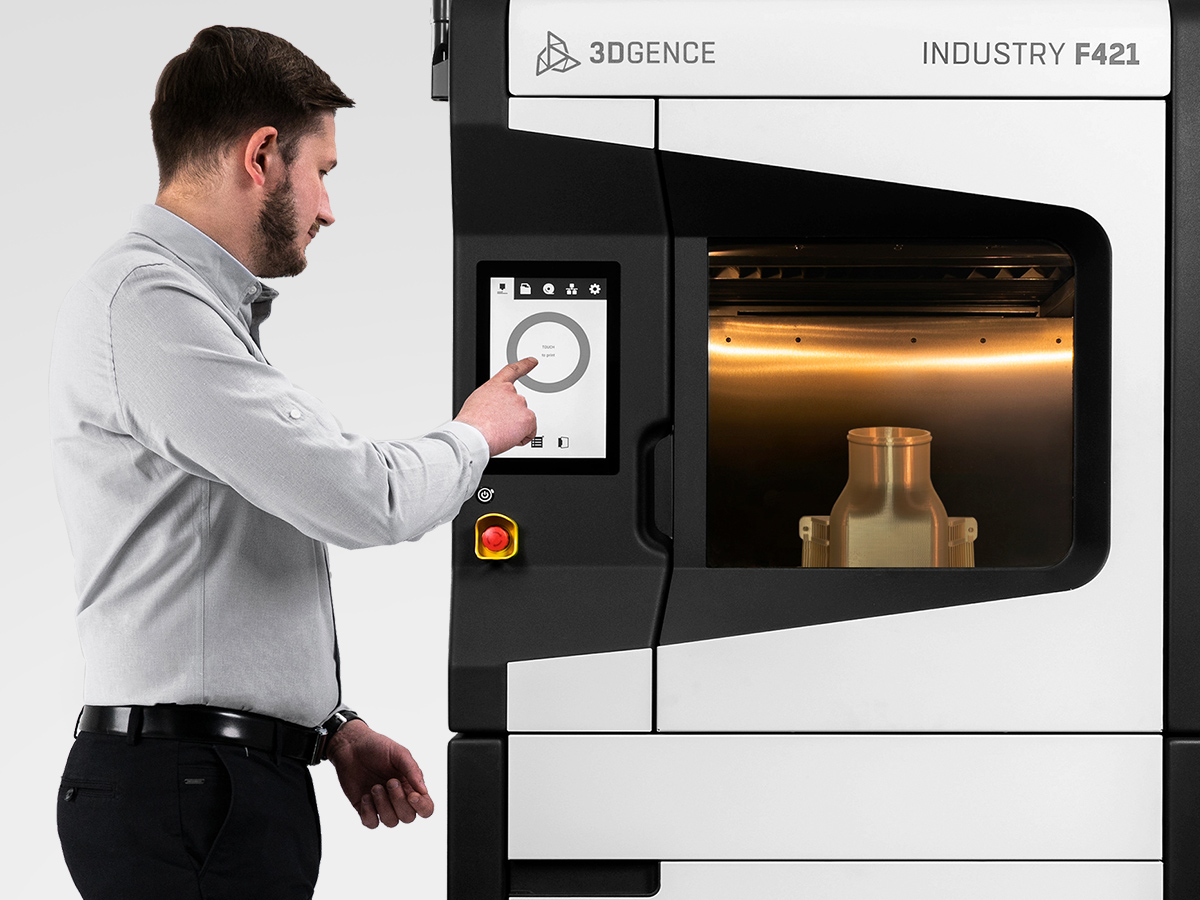In a 3D printer, the build chamber is the enclosed space where the 3D printing process takes place. There are two main ways to heat the build chamber: passively and actively.
Passively heated build chambers rely on the heat generated by the printer’s components, such as the hotend / nozzle and bed, to warm the build chamber. This can be an effective way to save energy and try to increase the temperature in the build chamber. However, this is often not suitable for applications that require precise, consistent temperature control or for engineering grade materials and industrial applications that are sensitive to temperature changes.
Actively heated build chambers, on the other hand, use an external heating element, such as a heating pad or an additional dedicated heater, to maintain a consistent and elevated temperature within the build chamber. This type of heating system allows for more precise temperature control, which can be useful for engineering grade an advanced materials that require a specific temperature range to print correctly or for industrial applications where print quality and part dimensional accuracy are critical.
Among actively heated chambers, two heat transfer technologies prevail: radiative heating and forced convection.
• Radiation heating is usually done via lamps or IR quarts tubes, and has the advantage of reducing the warm-up time but the drawback of being quite imprecise. Different materials feature different absorption coefficients, while part geometry greatly influences the radiative heat absorbed and the heat lost to convection and conduction, resulting in inconsistent part temperature and print quality.
• Forced convection heating relies on fans creating a strong air flow throughout the build chamber, leading to more uniform temperatures, which in turn allow the production of dimensionally accurate parts. Reaching a high set temperature may take longer, but this is less important for industrial 3D printers who tend to run sequential printing jobs. When comparing the two technologies, they are fairly similar in how they work with a forced convection vs. a microwave oven: while the former is the preferred tool to cook dinner, the latter is more often used to heat the leftovers, albeit with uneven results.



Industrial 3D printers usually feature an actively heated build chamber, designed to maintain a consistent and elevated temperature within the printer’s build volume, where the 3D printing process takes place. An actively heated build chamber is important for a 3D printer because it can provide a number of benefits, including:
The 3DGENCE INDUSTRY™ F421 and F350 production systems feature build chambers actively heated via forced convection, with capability up to 195 ⁰C and 140 ⁰C, respectively. This enables the production of strong, dimensionally accurate parts made of engineering-grade, advanced and composite materials for demanding applications in the aerospace (including the emerging private space industry), defense, medical, railway, automotive (including the fast-growing e-mobility applications) and consumer products industries.
